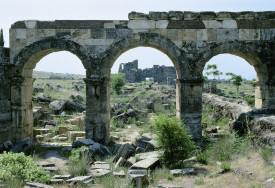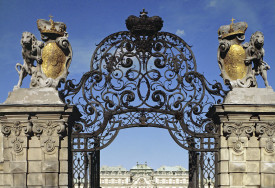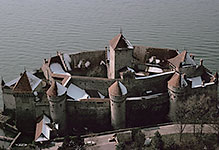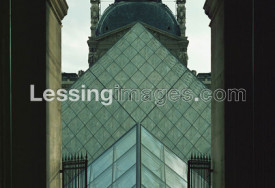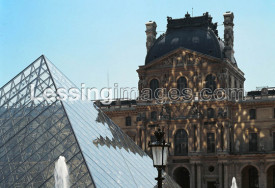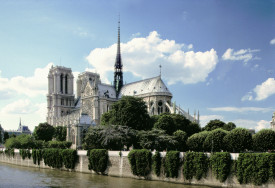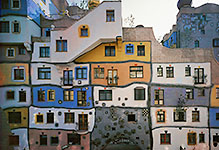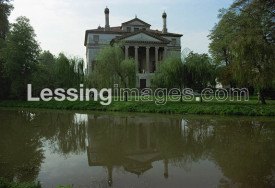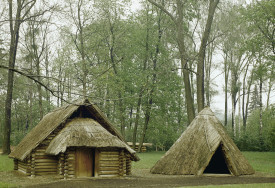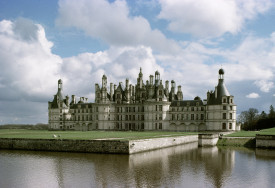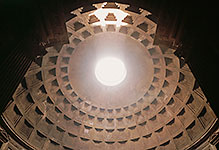
Architecture
From ancient Egypt, Greece and Rome to modern times

#03050568
Caseggiato de Diana, a more story building in Ostia, named after a terracotta s...

#03050569
Caseggiato de Diana, a many story building in Ostia, named after a terracotta s...

#03050570
Caseggiato de Diana, a many story building in Ostia, named after a terracotta s...

#03050617
Relief showing Zeus, Apollo and Artemis; from Brauron, Greece; 400 BCE.

#03050620
Relief showing horsemen. Pentelic marble; West frieze from the Parthenon, Athen...

#03050628
Limestone relief of the Battle of Issos (also known as Battle of Issus), 5 Novem...

#03050638
Funerary stele with inscription. Marble; 4th century BCE.

#03050658
Gladiator fighting a lion. Roman fresco from the amphitheatre of Merida, Spain;...

#030507 2
Ornate gate on the Decumanus-street, Ostia Antica.

#030507 3
"isolae", living quarters with two floors, in Ostia Antica.

#030507 4
"isolae", living quarters with two floors, in Ostia Antica.

#030507 5
View towards the Thermae of Neptune, Ostia Antica.
